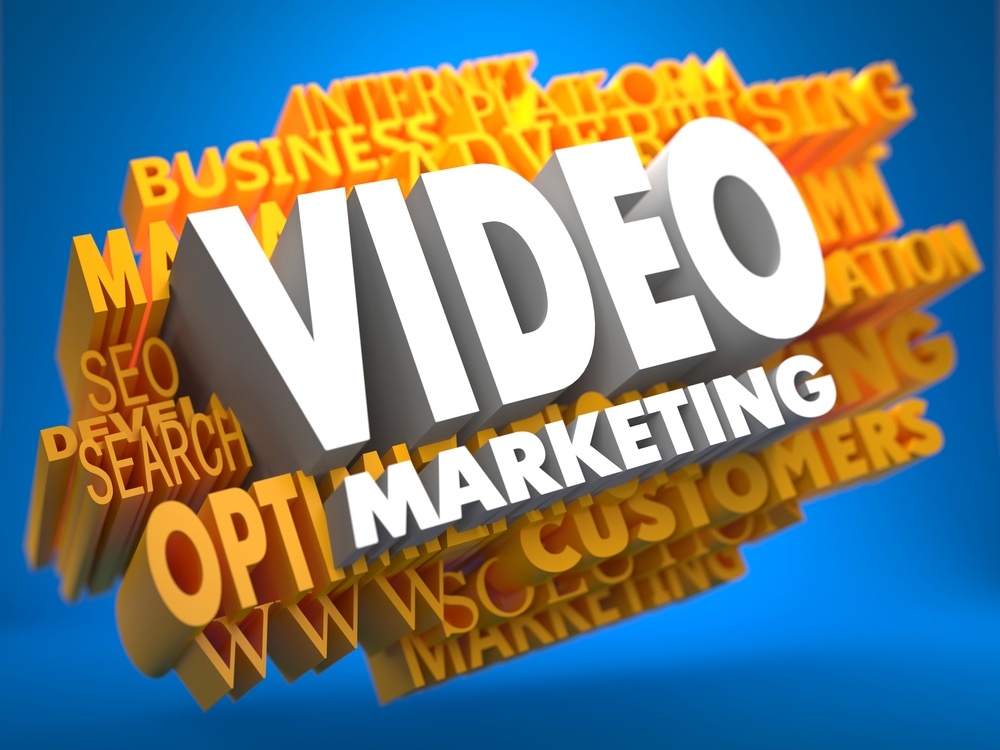Sales enablement has rapidly become a buzzword in the business world, but its significance extends far beyond mere jargon. In a competitive market, where the right strategy can make or break your success, understanding and implementing sales enablement is essential. This guide provides a thorough introduction to sales enablement, explaining what it is, why it matters, and how to effectively integrate it into your organization.
What is Sales Enablement?
Sales enablement refers to the strategic process of equipping your sales team with the resources, tools, training, and content necessary to enhance their selling effectiveness. It bridges the gap between sales and marketing, ensuring that sales reps have timely access to crucial information and are empowered to engage prospects meaningfully.
In essence, sales enablement is about creating an environment where your sales team can thrive. This involves providing the right technology, data, ongoing training, and support to ensure success.
Why Sales Enablement Matters
In today's competitive landscape, simply having a superior product or service isn't enough. Your sales team needs to communicate your value proposition clearly and convincingly. Here's why sales enablement is critical:
-
Increased Productivity: Sales enablement can lead to a 20% increase in sales productivity by providing reps with the right tools and resources, enabling them to spend more time selling and less time searching for information.
-
Improved Alignment Between Sales and Marketing: Organizations with strong sales and marketing alignment achieve 24% faster three-year revenue growth and 27% faster three-year profit growth. Sales enablement fosters this collaboration, ensuring consistent and compelling customer interactions.
-
Enhanced Buyer Experience: Personalized and data-driven sales approaches lead to a 19% increase in average deal size, according to research from Aberdeen. Sales enablement equips reps with the insights needed to tailor their pitches effectively.
-
Better Sales Performance: Companies with effective sales enablement strategies report 15% higher win rates, according to CSO Insights. This directly impacts your bottom line by improving conversion rates and driving revenue growth.
Key Components of Sales Enablement
Successfully implementing sales enablement involves focusing on several key areas:
-
Content Creation and Management
- Sales Content: Develop and organize sales collateral like case studies, product sheets, and presentations that your sales team can use throughout the sales funnel.
- Content Accessibility: Ensure content is easily accessible through a centralized platform or content management system (CMS).
-
Training and Development
- Ongoing Training: Provide continuous education on product knowledge, industry trends, and sales techniques to keep your team competitive.
- Onboarding: Implement a comprehensive onboarding program that covers both product training and sales process education.
-
Technology and Tools
- CRM Systems: Invest in a robust Customer Relationship Management (CRM) system to help your team manage leads and track progress efficiently.
- Sales Automation: Use automation tools to handle repetitive tasks, freeing up your sales team to focus on closing deals.
-
Data and Analytics
- Sales Metrics: Track key metrics like conversion rates, deal size, and sales cycle length to measure the impact of your sales enablement efforts.
- Performance Analysis: Regularly review data to identify areas for improvement and adjust your strategy accordingly.
-
Collaboration Between Sales and Marketing
- Shared Goals: Establish shared goals and KPIs to ensure alignment between sales and marketing teams.
- Feedback Loops: Create mechanisms for sales reps to share insights with marketing, helping to refine content and messaging.
Steps to Implement Sales Enablement
Implementing sales enablement in your organization involves the following steps:
- Assess Your Current Sales Process: Identify gaps or challenges in your sales process to understand where sales enablement can have the most impact.
- Define Your Sales Enablement Goals: Set clear objectives, whether it’s improving conversion rates, shortening the sales cycle, or increasing revenue.
- Create a Sales Enablement Plan: Develop a strategy that outlines the resources, tools, and training your sales team needs, along with how success will be measured.
- Implement the Right Tools and Technology: Invest in technology like CRM systems, sales automation tools, and content management platforms to support your strategy.
- Train Your Sales Team: Ensure your team is fully equipped to use the tools and resources provided, with ongoing training as your strategy evolves.
- Monitor and Adjust: Continuously track the effectiveness of your sales enablement efforts and be prepared to make adjustments as needed.
Real-World Examples of Sales Enablement Success
-
HubSpot: HubSpot’s integrated approach to sales enablement, featuring tools for lead management, automation, and content access, has helped many businesses enhance their sales performance.
-
Salesforce: Salesforce's CRM platform includes powerful sales enablement features, such as real-time data tracking and relationship management, making it a leading choice for enterprises.
-
LinkedIn Sales Navigator: This tool exemplifies sales enablement by helping sales professionals identify and connect with ideal prospects, supported by insights and recommendations for effective engagement.
Conclusion
Sales enablement is a transformative strategy that can significantly enhance your sales process and drive substantial improvements in performance. By equipping your sales team with the necessary tools, resources, and training, you create an environment where they can excel. Whether you're just starting or looking to refine your existing strategy, focus on delivering value to your sales team and continuously improving your approach.
As the sales landscape continues to evolve, companies that invest in sales enablement will be better positioned to overcome market challenges and achieve long-term success.

A.H Brands
.png?width=500&height=200&name=Its%20Pet%20Cancer%20Awareness%20Month%2c%20and%20were%20committed%20to%20educating%20people%20about%20pet%20cancer%20and%20available%20resources.%20Innovative%20treatments%20now%20harness%20pets%20own%20immune%20systems%20to%20treat%20and%20manage%20va%20(13).png)


















